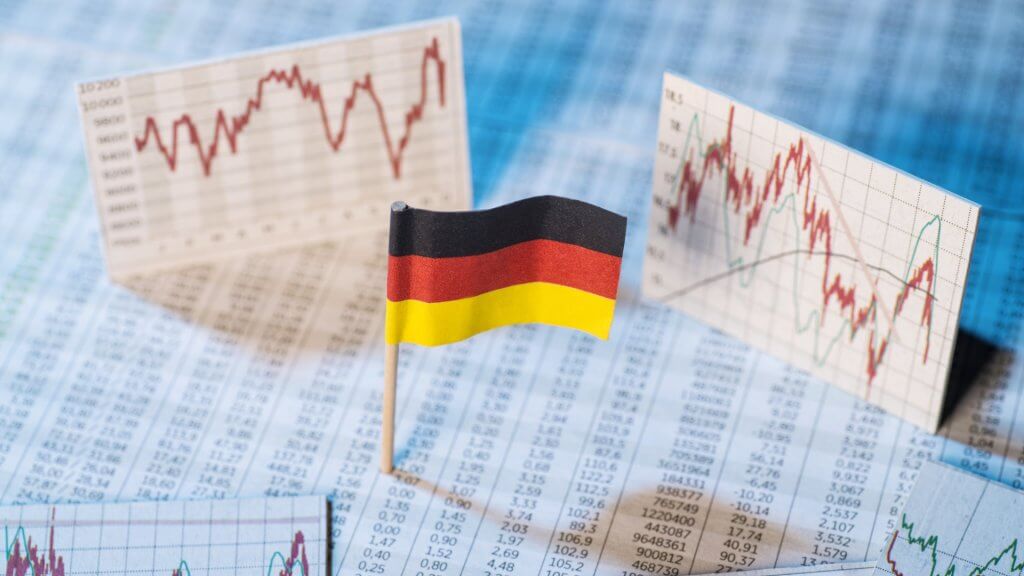When it comes to office liquidation, there’s a golden opportunity many businesses overlook. The used IT equipment market continues to grow rapidly, creating significant opportunities for companies looking to sell used IT equipment. With technological refresh cycles getting shorter, understanding how to maximize returns on outdated hardware isn’t just smart – it’s essential for your bottom line.
The landscape of IT asset management has evolved dramatically. Modern office liquidation strategies focus on maximizing value recovery while ensuring regulatory compliance. Smart organizations are discovering that their outdated technology holds significant worth in today’s circular economy, especially when they partner with professionals who buy & sell used IT equipment.
Understanding the value of IT asset disposition
Think of IT asset disposition as a strategic move rather than just cleaning house. Companies that buy & sell used IT equipment have created a thriving marketplace that benefits everyone involved. Enterprise-grade servers retain substantial value when properly remarketed, making professional IT liquidation services not just convenient, but financially crucial.
The secondary market for enterprise IT equipment has become increasingly sophisticated, with specialized brokers and remarketing channels emerging worldwide. Organizations can often recover 15-30% of the original purchase price for equipment that’s 3-5 years old, particularly for high-end networking gear and server infrastructure.
This value retention makes professional IT asset disposition a crucial component of technology lifecycle management, especially when dealing with large-scale datacenter decommissioning projects.
Strategic planning for equipment disposal
Success in office liquidation requires careful planning and execution. Enterprise workstations can retain meaningful value after years of use, provided they’re properly wiped and certified. Professional liquidators bring market expertise that helps you sell used IT equipment at optimal prices, consistently achieving higher returns compared to direct sales.
Timing plays a crucial role in maximizing returns during IT equipment liquidation. Market values can fluctuate significantly based on factors like new technology releases, supply chain disruptions and seasonal demand patterns.
Organizations that align their disposal timing with market conditions often see 20-40% better returns compared to rushed or poorly timed liquidations. Creating a detailed inventory assessment and establishing a systematic decommissioning schedule helps maintain operational continuity while optimizing financial returns.
Maximizing returns through proper preparation
Data security compliance under regulations like NIST 800-88 and HIPAA isn’t just mandatory – it’s a value driver. Equipment with certified data sanitization can command premium prices in the secondary market. Properly documented laptops consistently sell for more than those without verification. This attention to detail in the IT liquidation process pays dividends.
Beyond data sanitization, physical condition assessment and repair can significantly impact resale values. Simple maintenance procedures like professional cleaning, replacing worn components and updating firmware can increase recovery values by 15-25%.
Documentation of maintenance history, original specifications and upgrade records helps validate equipment value to potential buyers, particularly for enterprise-grade hardware where reliability and performance history are paramount considerations.
Environmental impact and compliance
Modern IT asset disposition must align with EPA guidelines and state-specific e-waste regulations. Working with certified partners ensures compliance while maximizing value recovery. Professional IT liquidation services help companies recover substantial value compared to standard recycling programs, while ensuring full environmental compliance.
The key to successful office liquidation lies in understanding that every piece of equipment represents potential value. Whether you’re refreshing your data center or upgrading your office workstations, partnering with experienced professionals ensures you’ll maximize returns while maintaining compliance. By following industry best practices and working with qualified partners, you can transform your outdated IT assets into significant returns while supporting sustainable business practices.
The growing focus on corporate sustainability initiatives has made environmentally responsible IT asset disposition increasingly valuable from a brand perspective. Organizations can leverage their commitment to green IT practices in ESG reporting and stakeholder communications.
Many companies now track and report on metrics like carbon offset credits earned through proper electronics recycling and the percentage of assets successfully remarketed versus recycled, demonstrating their commitment to circular economy principles.






























